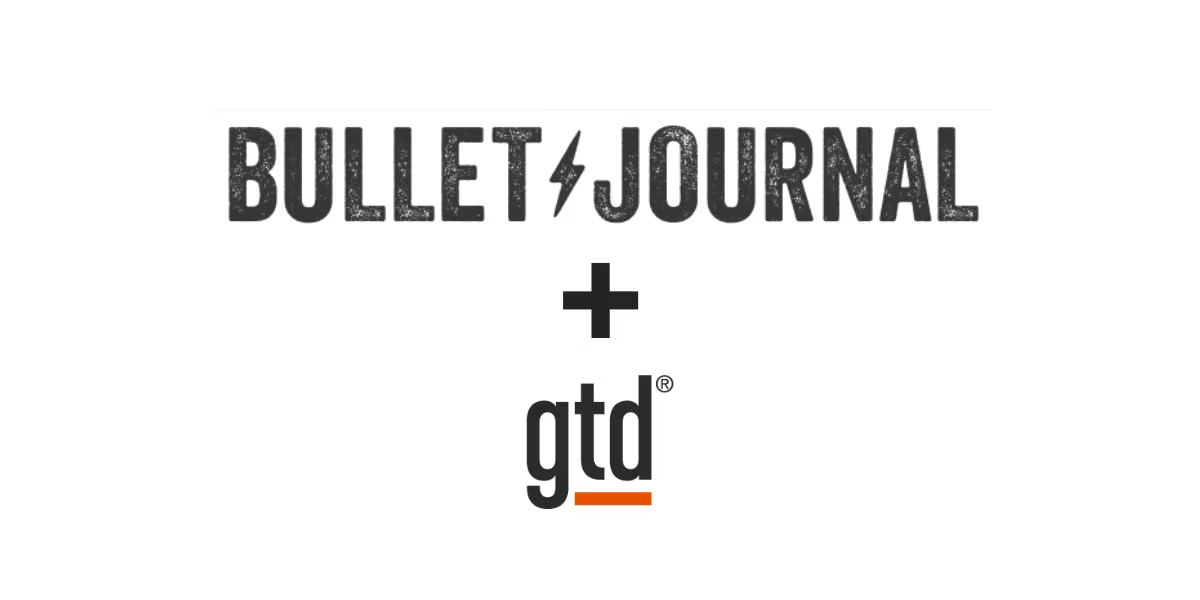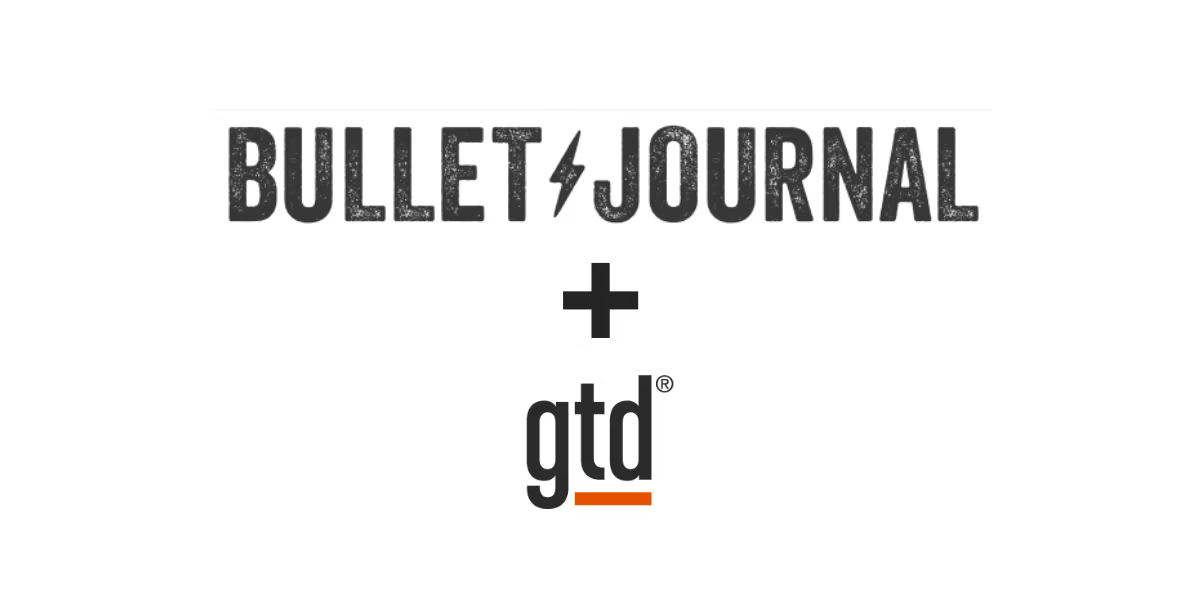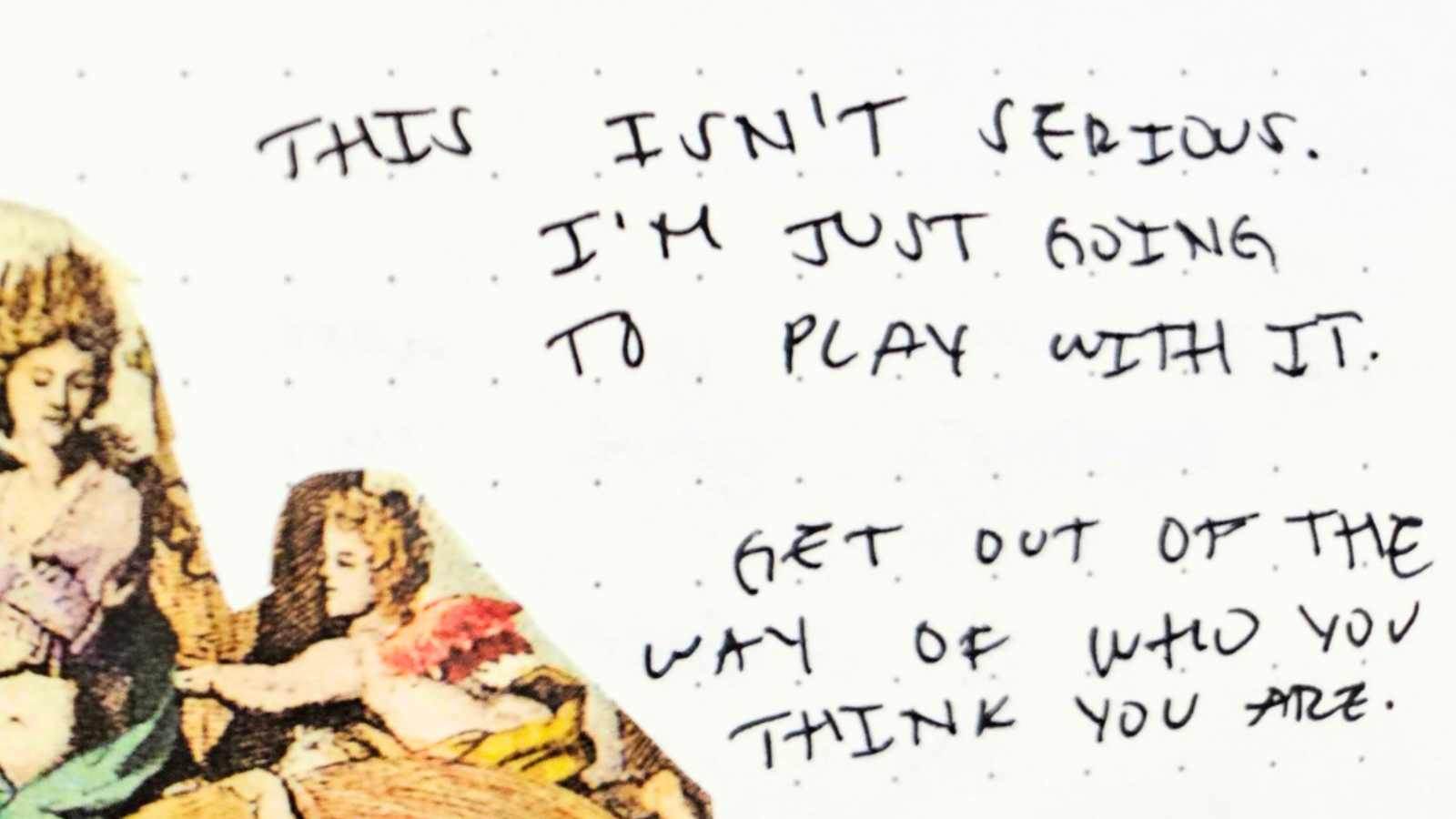I came to Bullet Journaling as a means of improving my personal productivity, a realm I have had a fascination with for nearly twenty years. Despite using every app ever, it was always with writing that I had my system at its best.
It was in 2005 that I was given the book Getting Things Done, by David Allen, and I have been a practitioner of GTD, as it is most commonly known, ever since, even earning certification as GTD practitioner and trainer in 2019.
I have seen more than a few mentions of GTD in BuJo U that suggest I am not alone in my GTD history, as well as questions about how BuJo might work with GTD, so I thought I might contribute something about this.
GTD itself is an approach to thinking bout work, and so is deliberately tool-agnostic. What that means is that GTD can be effectively accomplished inside of the BuJo methodology. After all, BuJo isn't just about getting things done, it's about living our best lives. As such, GTD is kind of subset of BuJo.
The GTD framework provides three key tools for being productive:
- Five phases of workflow
- Horizons of focus
- Natural planning model
Of these, though, the most commonly considered element is the first, and is something that has guided the development and use of all kinds of solutions, so that is where I will focus, and tie to BuJo concepts, hopefully facilitating both.
The five phases of workflow
Workflow, in GTD parlance, is divided into five serial phases:
- Capture: Collect or capture ideas that could be actionable to ensure that no commitments or opportunities are lost.
- Clarify: Process or clarify that which has been captured to ensure clear actions and outcomes are articulated.
- Organize: Sort clarified content into a trusted system so that relevant actions can be surfaced at appropriate times.
- Review: Review organized content to keep it current and clear.
- Engage: Do the most appropriate work based on context, energy, and value, leveraging organization to enable the best choices.
I think that unconsciously, we follow these steps all the time. Before BuJo, and without productivity training, imagine that you are speaking with Javier, who mentions that it's Shaleesa's birthday next week, so it would be nice to do something. After discussion, flowers seem the a nice gift, and you know Javier is busy, so you promise to take care of it, the good person you are. But for now, you're scheduled to get on another call.
So, you scrawl a note "Flowers for Shaleesa" on a page at your desk (capture) and attend to your other call. After it, and several other daily distractions, you catch your note and realize you need to call the florist to order flowers (clarify). You make a reminder in your phone, and also add Shaleesa's birthday to your calendar (organize).
The next day, you look at your todo list and see that call you need to make. You're busy now, but you know you'll be free after work, so you add a notification to the todo for 4:00pm (review).
4:00pm rolls around, you get the notification, you make the call for the date in your calendar (engage).
If this sounds plausible enough, we all GTD. But I think BuJo adds some really wonderful elements and practices. GTD provides only a mental model, but BuJo delivers a practice with purpose.
Capture
Daily logging gives us a reliable and consistent place and approach to record all that we might later need.
Clarify
Through daily rituals, we are afforded the chance to make sure that what we've logged makes sense. We're also taught, through BuJo practice to write with our future selves in mind.
Organize
BuJo creates an easily scalable structure of collections and migration practices that ensure that content will go where it needs to be.
Beyond the core collections, I might use some custom collections to organize actions with common contexts or topics (like a list for things related to speaking with my boss or a collection of notes and actions about a home improvement project).
Review
Rituals, C.A.R.E., and migration all drive review. While GTD tells us that we should review and what, BuJo teaches how.
Engage
BuJo rituals have helped me be more on top of my commitments than ever before. In this way, I can make good decisions about what things I take on in a moment. More importantly, though, my BuJo practices help me keep close to my values and my intentions, even better informing choices.
I think GTD is a great mental model about how to do, but BuJo expands it helping me be. Moreover, while GTD does a great job of presenting a framework for thinking about how work occurs, its unopinionated approach means that how to GTD becomes really hard to sort out. Meanwhile, BuJo provides specific practices and behaviours that that really make using the system much more understandable and approachable.
I guess what this all comes to is that these aren't really competing approaches; rather, knowing both, they seamlessly work together to make the most of one another.
Does any of this make sense?
Have you have training in or experience with GTD? Does this ring true for you? What challenges or wins have you had when putting GTD together with BuJo?
About the Author
![]()
Scotty Jackson is a certified practitioner of the Bullet Journal method and the Getting Things Done (GTD) methodology. He works as an internal digital consultant at a polytechnic school in Canada. To read more of his thoughts, check out HeyScotty!






Marco Aurélio Borges Neves
July 14, 2025
I’ve run into a common challenge trying to reconcile GTD (Getting Things Done) with the Bullet Journal practice. My issue is that I end up putting too many tasks in my BuJo, many of them irrelevant to my true intentions.
However, if I don’t record them, I feel like I’m missing something important or might let an idea slip away. This makes my Bullet Journal overloaded, and the rewrite process becomes very time-consuming, complicating organization instead of simplifying it.
My solution for this has been to use Toodledo to manage all my tasks and reserve my Bullet Journal for reflection and high-level planning. This way, I can get the best of both systems without overloading my BuJo. I’m curious if any of you have a similar problem.